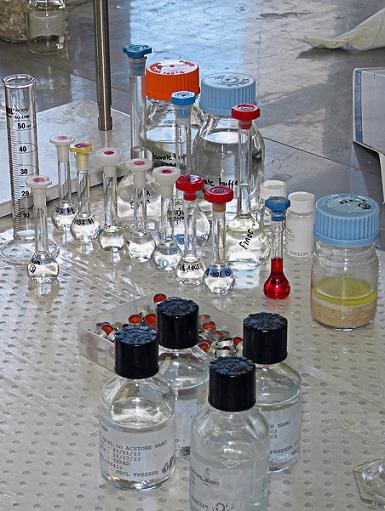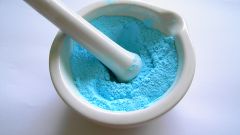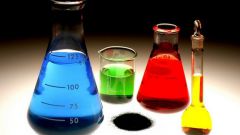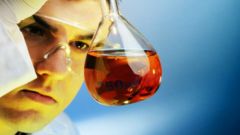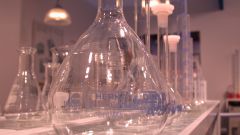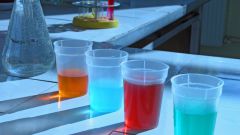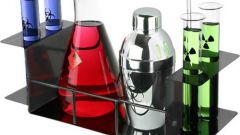You will need
- - handle;
- paper;
- - the periodic table;
- calculator.
Instruction
1
To find the mass fraction (percentage concentration) of a substance, divide its mass by the total mass of the solution (mixture). The result will be in fractions of a unit, which can then convert into a percentage that will also be true. For example, given the task: to prepare the solution took 150 g of water and 50 g sugar. You must calculate the percentage concentration of the solute. For the solution first, write the formula and then find the optimum value:ω (sugar)= m(sugar)/m(solution) = 50/ (150+50) =0,25 * 100% = 25%the solution contains 25% sugar.
2
When calculating the molar concentration, you need the amount of substance divided by the total volume of the solution. The unit of measure in this case would be mol/L. the Formula for calculation is as follows: C = n(solute)/V, where C is the molar concentration (mol/l);n – amount of substance (mol);V is the total volume of the mixture (liter).
3
Normal concentration is expressed in gram equivalent/liter and represents the number of equivalents of a certain substance in 1 l of solution, which is, in chemical reactions, 1G of hydrogen or 8 g of oxygen. Suppose you want to calculate the normality of 70% sulfuric acid, the density of which is equal to 1,615 g/l. the conditions of the problem it is clear that 100 g of solution contains 70 grams of acid. So first find the volume of a given solution: V = 100/1,615 = accounting period 61.92 (ml). Then calculate the mass of H2SO4 in 1 liter of solution: m(H2SO4) = 1000*70/61,92 = 1130,49 (g). And then calculate the normality, considering that the acid is dibasic:SN = m*z/ M =1130,49*2/98 = N of 23.06.
4
If you want to calculate molalou the concentration of the solution (molality), use the following formula: Cm = n/m, gdes – molalla concentration is measured in mol/kg;n – number of a certain substance in moles;m is the total mass of the solution in kilograms.Unlike molarity molalla concentration depends on the temperature conditions of the reaction.
Useful advice
In analytical chemistry are often used instead of concentration titer. It shows the amount of a certain substance in each milliliter of solution.
